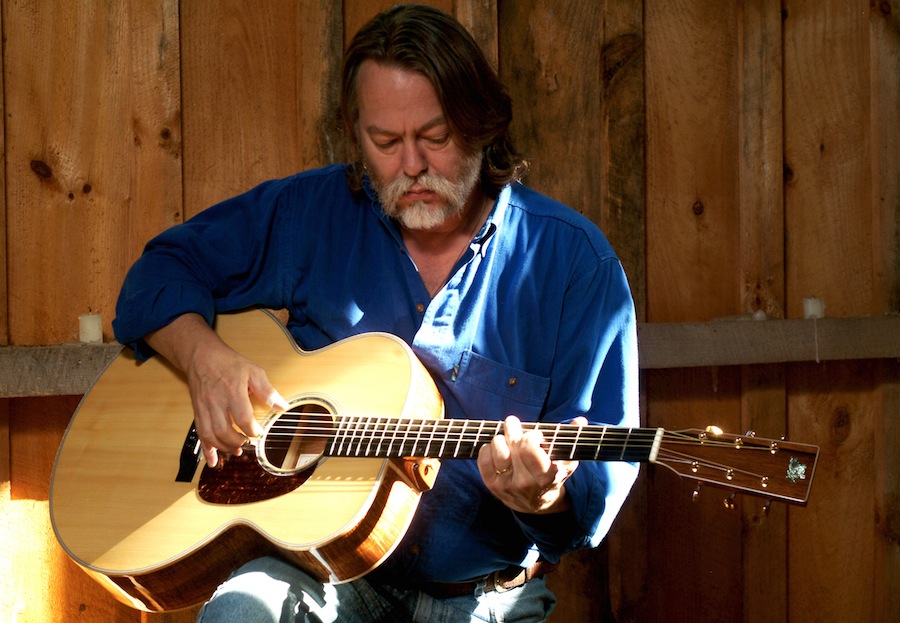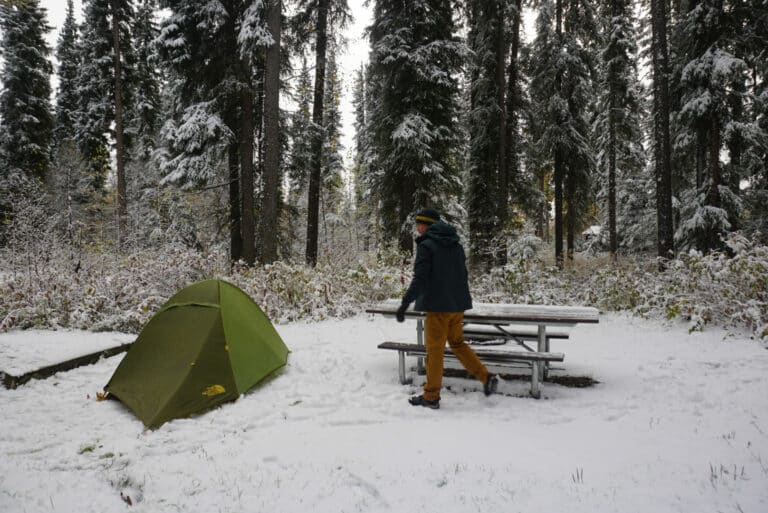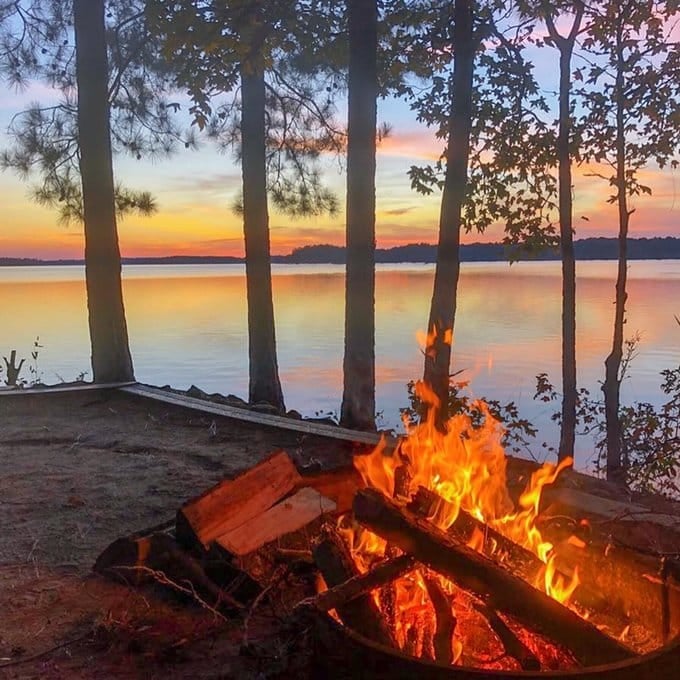To call Scott Ainslie a musician is to shortchange his abilities; along with being a world class blues guitar player, Ainslie counts himself an author, historian, storyteller, and teacher.
The Brattleboro, Vermont, resident – whose roots run deep right here in Virginia – was introduced to the blues as a teenager. Since that foundational moment when he was fifteen, Ainslie has maintained a passionate love affair with early American blues music, going so far as to transcribe the original works of the legendary Robert Johnson in his book Robert Johnson: At The Crossroads and produce an instructional DVD on Johnson’s playing techniques.
Ainslie has also released five recordings, won grants from the National Endowment for the Arts and the North Carolina Arts Council, and has traveled the U.S. and Canada to share his brand of American folk music.
Recently, Ainslie released his latest record, The Last Shot Got Him, a collection of tunes originally recorded in the early twentieth century by such luminaries as Mississippi John Hurt, Robert Johnson, Fats Waller, and more.
Ainslie I corresponded by email this week and I must admit to being transfixed by his responses to my questions. His understanding and appreciation of musical history virtually seeped through my monitor.
BRO – I love the story behind the guitar you used on this record. If ever there was a guitar destined for your hands, is this it?
SA – The way this guitar came into my hands makes a lovely story. But more, to have a guitar like this is a gift. We don’t actually “own” these instruments, in any western sense of the word. We can’t just do whatever we want with them.
The way I look at it, we have custody of these instruments, and it is our duty and cultural responsibility to play them and maintain them to pass on when the time comes.
I’d love to know whose and how many sets of hands we have to thank for having this 80-year-old instrument in such fine condition. Destiny is not a concept I believe in, but I do believe in paying attention. And my ears pricked up when I first heard this guitar. It is one of the instruments I treasure and feel honored to have in my custody.
BRO – Could you have done this record with a different guitar?
SA – Very simply, no. I could and have played these songs on other guitars, but this recording is entirely centered around this particular guitar, its strengths, and the character of its sound. It’s the guitar that I’m taking out to tour behind this CD. It’s a little bit of history, a guitar that was made when Robert Johnson was 23 years old.
BRO – We are featuring “The First Shot Missed Him” on this month’s Trail Mix. What’s the history of that tune?
SA – “The First Shot Missed Him” is one of the tunes that Mississippi John Hurt recorded for the Library of Congress when he was first brought to Washington, D.C., in 1963. To my knowledge, the tune was not released commercially in Hurt’s lifetime. It was new to me when I revisited John’s repertoire after visiting his home in Avalon, Mississippi, in 2011.
The song seems to me like one of those tunes that is made up of a collection of “floating” verses that might be sung to any variety of different dance tunes or vaudeville songs.
When I played the fretless gourd banjo to the track, it seemed to bring out the humor and joy in Hurt’s music. The track’s only 1 minute and 45 seconds longs. It’s a perfect opener and the second line, the perfect title.
BRO – What is it about these old blues pickers that flips your switch?
SA – In 1967, I walked into a Mike Seeger concert in Alexandria, Virginia, and half way through the show Mike introduced Virginia bluesman John Jackson for a couple of songs.
Jackson played the most interesting, complicated, and arresting acoustic guitar music I had ever heard. I became a guitar player in that moment. Jackson was playing a Piedmont or ragtime blues style that existed entirely outside the mainstream of contemporary folk and commercial music. And he was making this remarkable music with two hands, six strings and his voice: no guitar amplifiers, no synthesizers, no drummer . . . or drum machine!
I have always sought out senior musicians with an ear to learning something about American roots and blues music that, if we were to depend on the commercial music scene, would have been lost decades ago. If I have value, it is because of my time with these old men and women and their generosity to me. If you could remove them from me somehow, no one would recognize me. They made me who I am.
BRO – If you could hear Mississippi John Hurt play any one tune on that Gibson, what would it be?
SA – This is an impossible question. Damn.
If I could have some time with John Hurt, I would want to hear whatever tunes he wanted to play. And, more, I’d like to shake his hand and hear some stories about his family and life. He had a burgeoning career in 1928 that was cut short by the stock market crash and the Great Depression. We didn’t get another shot at John’s music until 1963. By 1966, he was gone. I didn’t hear him until 1970!
I will tell you though, that from first hearing, I was possessed with learning to play John’s music. And I spent nearly every waking hour my freshman year at Washington & Lee University dropping the needle of my Philco stereo system onto one of John’s records and trying to hear and replicate his style.
And, I was having tremendous trouble making the guitar sound the way John’s guitar sounded, even when I played the right notes. Midway through the year, I found and bought the Vanguard Mississippi John Hurt: Live double album. Upon opening the packaging, I found a picture of John on stage, guitar in playing position, hand above the strings, facing a microphone.
His right hand was not addressing the guitar like mine. My hand was sort of in folk, fingerpicking position, palm away from the guitar, fingers curled under…
John’s thumb was essentially parallel to the strings, lined up with the radius of his forearm. He was playing with the side of his thumb, not the tip. This position brought the palm of the hand into close proximity to the bass strings of the guitar, making palm muting a simple matter of rotating the forearm a little.
Seeing that picture set me on the right track to making the guitar sound like his.
This is part of the reason why it is important to see performers play. There are many different ways to get sound out of the guitar. Making music is a very physical activity. Seeing how someone goes about it can make all the difference. Even one photograph can tell us volumes. Access now to film of John’s playing, even what little there is, is a great delight. I encourage all musicians to seek out their elders.
If I could have some time with John, I’d be all eyes and ears.
For more information on Scott Ainslie, and how you can get a copy of The Last Shot Got Him, direct your browser to scottainslie.com.








